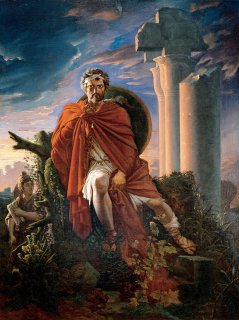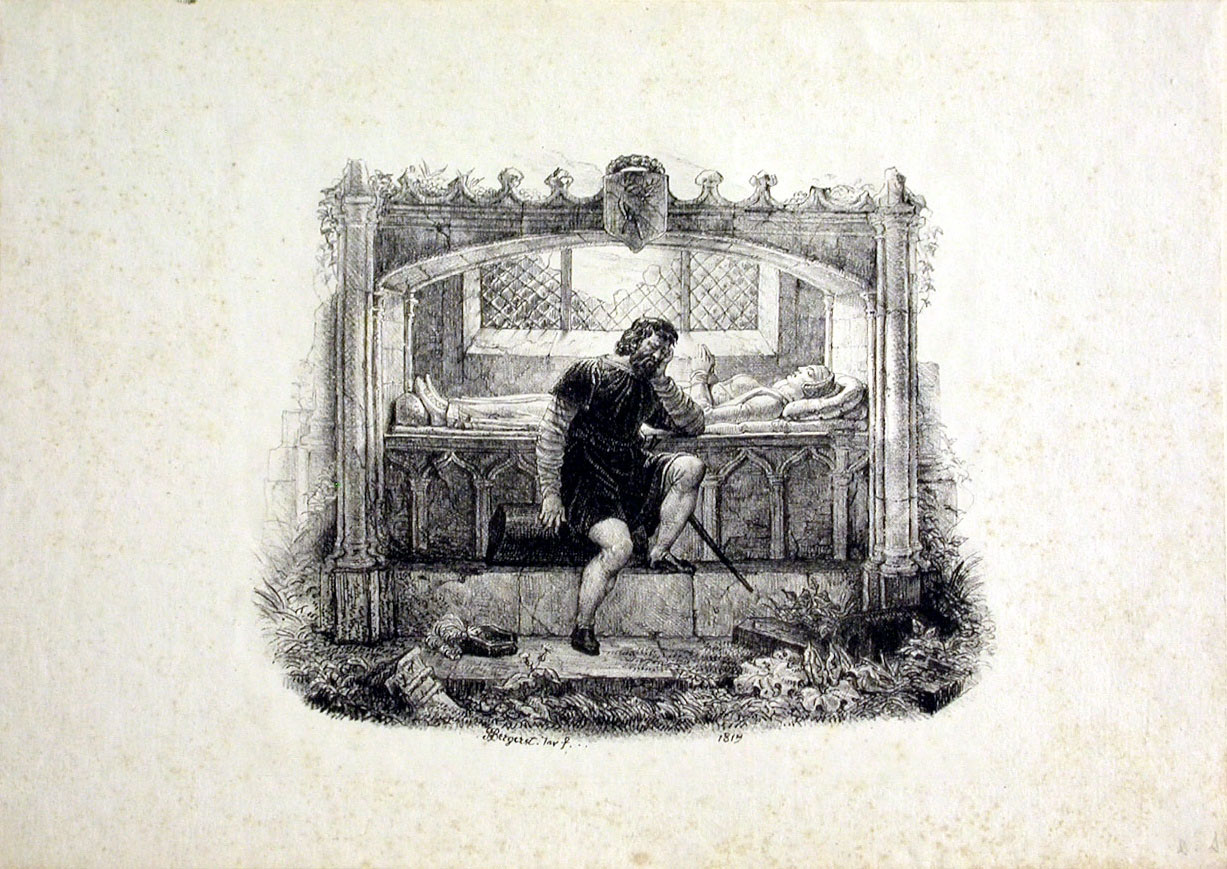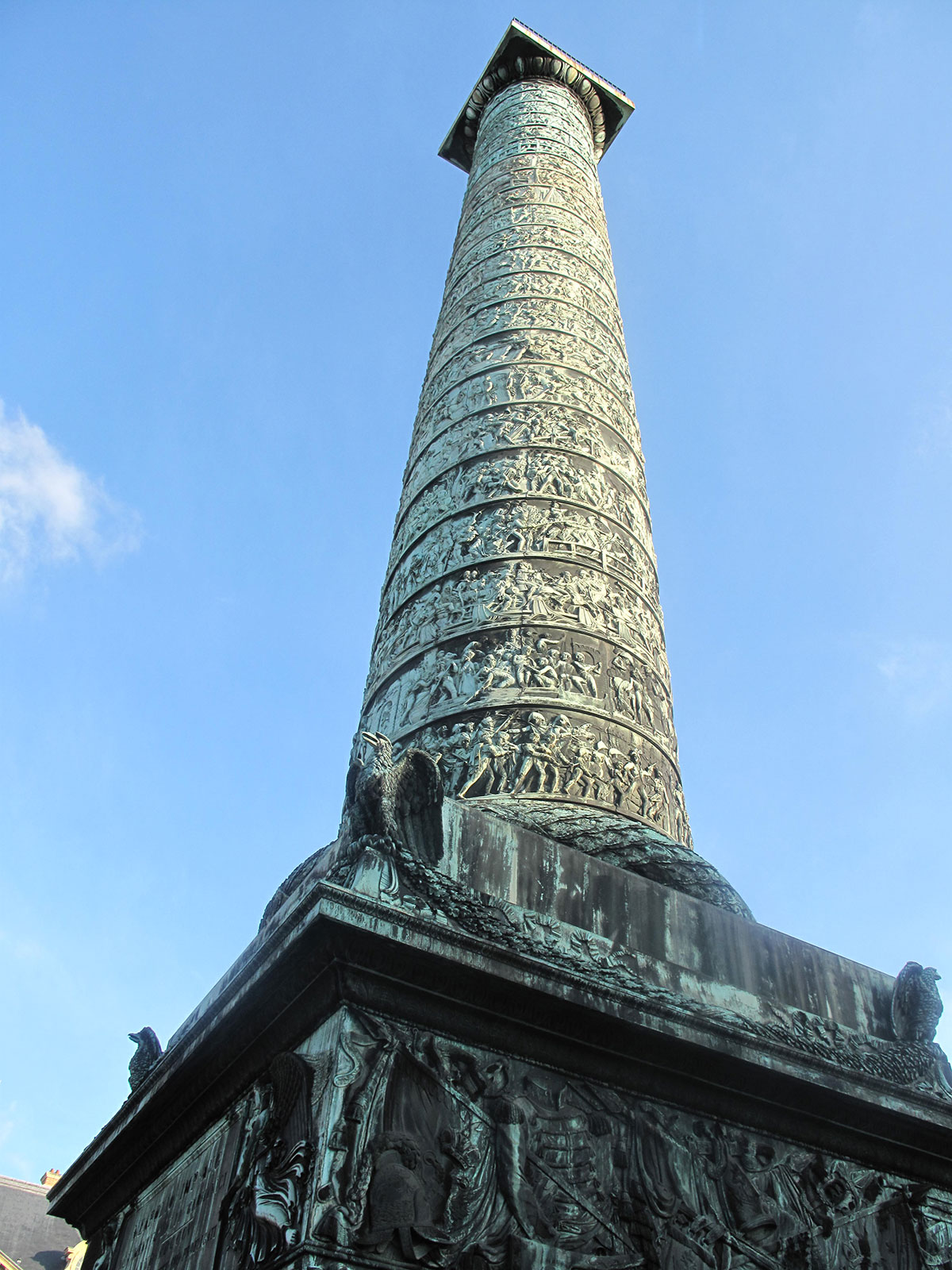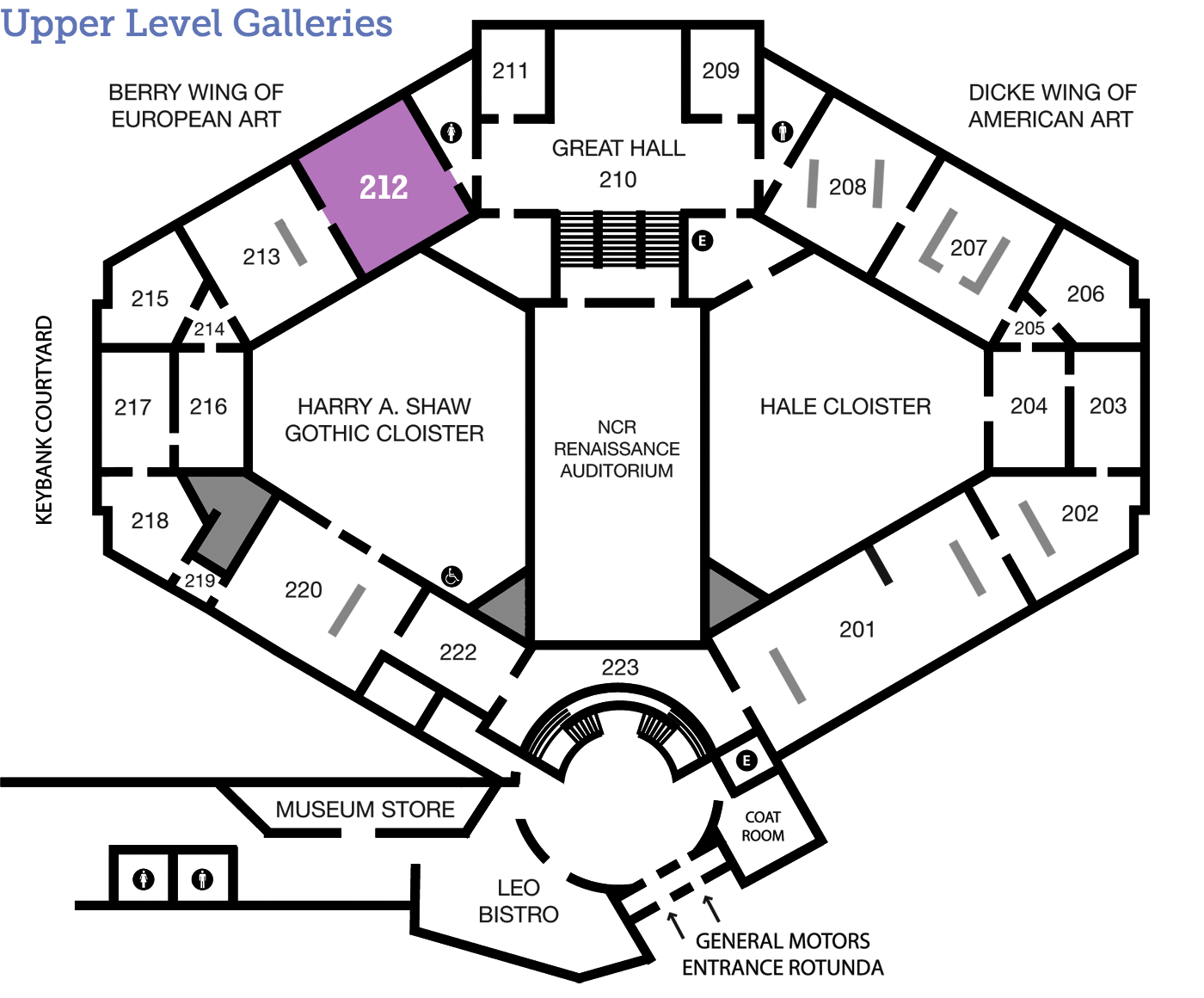
Pierre-Nolasque Bergeret
Marius Meditating on the Ruins of Carthage
(1782–1863)
French 1807 Oil on canvas 51 x 39 inches Museum purchase with funds provided by the Berry and Dicke Families 1997.20
Resilient
Every day brings something new, and navigating changes in politics, cultural trends, and technology requires adaptability and creativity if you want to survive. Look closer at this somber painting and explore different ways of dealing with change.
A Day in the Life
Tools and Techniques
Behind the Scenes
Look Closer
Just for Kids
Signs & Symbols
A Political Outsider
Who is the man in this painting? The Roman general Caius Marius, whose life is told in the Roman historian Plutarch’s famous biographical collection commonly known as Lives. In a power struggle with another general, Sulla, Marius lost and went on the run, a marked man. Finally, he tried to take refuge in the North African city of Carthage, which had been destroyed by the Romans and rebuilt as a Roman outpost. A messenger from the Roman governor Sextilius told Marius he must leave Carthage or face the consequences as an enemy of Rome. To this Marius responded, according to Plutarch, “Tell him, then, that you have seen Caius Marius a fugitive, seated amid the ruins of Carthage.” Marius left, raised up a rag-tag army, returned to Rome, and brutally regained power.
Bergeret’s version of the story invites comparisons with the politics of his own day. Painted in 1807 during the peak of Napoleon’s power, it uncannily foreshadows the future downfall and exile of the powerful general and self-proclaimed emperor. On the other hand, it also recalls the bloody aftermath of the French Revolution a few years before, when political insiders could quickly become outsiders.
Further reading: Plutarch, Plutarch’s Lives, volume IX, translated by Bernadotte Perrin (Cambridge, MA: Harvard University Press, 1968), 463–599.
Dig Deeper
Romanticizing the Past
Trends in art are always in flux, and artists have to navigate these changes. In this painting, Bergeret blurs the line between two art movements from his time, the prevailing Neo-Classicism and the emerging Romanticism. Neo-Classicism highlights reason and order through sculpted forms and smooth finished surfaces, often depicting historical subjects from ancient Greece and Rome. Bergeret’s teacher, the famous French painter Jacques Louis David (1748–1825), embodied this style. Romanticism highlights a feeling or atmosphere, often depicting dramatic landscapes, exotic or imaginary subjects, and psychologically charged portraits in a less polished way. How does Bergeret combine features of both Neo-Classicism and Romanticism in this painting? Tap on the different points below to find out more.

Further reading: Kathryn Calley Galitz, “Romanticism,” in Heilbrunn Timeline of Art History (New York: The Metropolitan Museum of Art, 2000–), http://www.metmuseum.org/toah/hd/roma/hd_roma.htm (October 2004) and Kathryn Calley Galitz, “The Legacy of Jacques Louis David (1748–1825),” in Heilbrunn Timeline of Art History (New York: The Metropolitan Museum of Art, 2000–), http://www.metmuseum.org/toah/hd/jldv/hd_jldv.htm (October 2004).
Arts Intersected
Mixing Oil and Water
Have you ever tired to combine oil and water? In 1798 a new form of printing called lithography was invented based on the incompatibility of oil and water. The technology came to France in 1802 and Bergeret was one of the first artists to explore its commercial and artistic potential, making works as varied as sheet music title pages, humorous caricatures, and illustrations for periodicals and books. Below you can see one of Bergeret’s lithographs in The DAI’s collection (not currently on view).

Pierre-Nolasque Bergeret (French, 1782–1863), Charles VII at the Tomb of Agnes Sorel, 1819, lithograph on laid paper, 8 3/8 x 11 ¼ inches. Gift of Mr. James A. Bergquist, 1987.259.
How does the process of lithography work? Find out in the following video from The Minneapolis Institute of Art.
Further reading: Dominique H. Vasseur, The Lithographs of Pierre-Nolasque Bergeret (Dayton, OH: The Dayton Art Institute, 1981).
The Sculpture Speaks
Did You Know?
Expert Opinion
Look Around
About the Artist
Supporting Power
As an emerging artist Bergeret enjoyed the patronage of the most powerful man in France, Napoleon Bonaparte (1769–1821). The French Emperor purchased one of Bergeret’s paintings at the 1806 Salon art exhibition and later commissioned the artist to make several works, ranging from paintings and lithograph prints to commemorative medals. The most ambitious project was designing the over 900-foot-long bas relief sculptures that encircle the Vendôme Column in Paris. The column commemorates Napoleon’s victory at the Battle of Austerlitz in December of 1805 and imitates the famous column of the Roman Emperor Trajan in Rome.

Vendôme Column, 1810. (Artwork in the public domain; photograph provide by Wikimedia Commons, https://commons.wikimedia.org/wiki/File:Colonne_Vend%C3%B4me_closeup.jpg)
Further reading: Stephen D. Borys, The Splendor of Ruins in French Landscape Painting, 1630–1800 (Oberlin, OH: Allen Memorial Art Museum, Oberlin College, 2005), 59–61.
Talk Back
Who Needs History?
When Bergeret made Marius Meditating on the Ruins of Carthage, historical figures and events were seen as the most distinguished subjects for a painter. They were valued for, among other things, the lessons they could teach. If you were to commission a painting of a historical person that would challenge and inspire you, who would it be? What event from her or his life would you depict?

